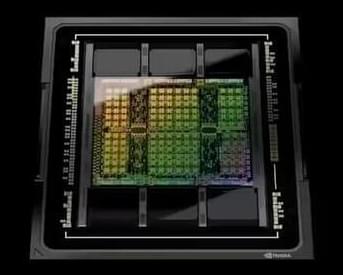Learn about the incredible capabilities of Cerebras Systems’ new AI chip, the Wafer Scale Engine (WSE-3), with four trillion transistors.


Learn more about neural networks on Brilliant! First 30 days are free and the first 200 to use our link ➜ https://brilliant.org/sabine will get 20% off the annual premium subscription.
Some major news outlets are about to release a feature known as “Content Credentials” to try and combat the spread of deepfakes. What are “Content Credentials”? Will it really stop deepfakes of Biden and Trump dancing together from spreading? Let’s have a look.
🤓 Check out our new quiz app ➜ http://quizwithit.com/
💌 Support us on Donatebox ➜ https://donorbox.org/swtg.
📝 Transcripts and written news on Substack ➜ https://sciencewtg.substack.com/
👉 Transcript with links to references on Patreon ➜ / sabine.
📩 Free weekly science newsletter ➜ https://sabinehossenfelder.com/newsle…
👂 Audio only podcast ➜ https://open.spotify.com/show/0MkNfXl…
🔗 Join this channel to get access to perks ➜
/ @sabinehossenfelder.
🖼️ On Instagram ➜ / sciencewtg.
#science #sciencenews #AI #technews #tech #technology

Wired writer Mark Andrews tested three Chinese vehicles equipped with semi-autonomous functionality and found them superior to comparable American self-driving systems. The reasons, it seems, boil down to a single feature that American passenger cars have yet to implement: Lidar. From Wired:
On the flip side, Tesla and General Motors have been grabbing most of the recent headlines when it comes to self-driving cars in the hands of the public, and for all the wrong reasons—mass recalls, suspended licenses, spending cuts, and huge losses.
But in China, a number of companies are steadily—and far more successfully—moving toward a similar destination, but via a different route.



Tesla’s Optimus is taking baby steps while OpenAI’s Figure 1 is doing burnouts on the track.


All non-Google chat GPTs affected by side channel that leaks responses sent to users.